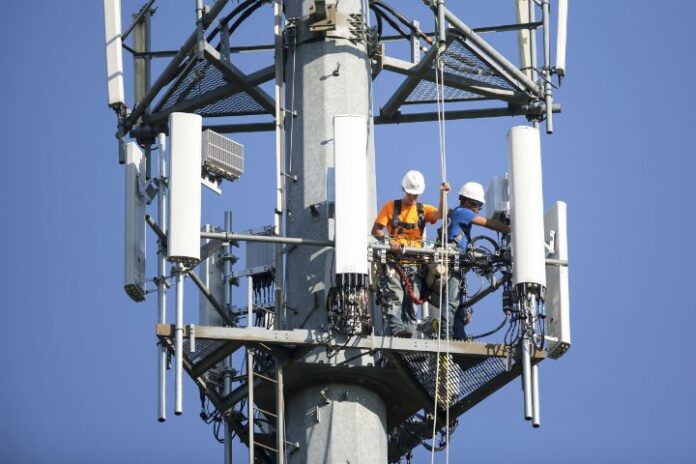Tower climbing does not need to be dangerous, with CellSite Solutions laying out a handful of tips tower climbers should always follow to minimize risk
Communications towers are a necessity in today’s connected world. However, there is a lot of work involved in getting these towers built and keeping them properly maintained. It is important that the individuals who work on them are prepared for the job. After all, these towers are hundreds or even thousands of feet tall. Plus, most of the time the towers do not come with a lift attached, they must be physically climbed.
Luckily, the experts who work on these towers are well trained and ready for what they may face along the way – or at least, they should be. Here is a list of top communications tower-climbing tips to help climbers avoid rookie mistakes:
Have a climbing plan
Before a climb, have a plan in place. Make sure you have permits in order, gear organized and arrangements made to turn down any signals that could interfere with your work. Arrange for a spotter on the ground to be present and keep an eye out for anything unusual that could endanger your climb.
Utilize proper climbing gear
The right equipment can help make your climb more comfortable – and safer. Use harnesses and straps, even if you are an experienced climber. You never know what could happen while you are up in the air.
Maintain equipment
While having the right gear is important, so is maintaining it. Check your equipment for damage before every climb. Repair or replace any pieces that show significant wear. Only utilize equipment that fits you correctly, do not try to “make do” with ill-fitting pieces.
Dress for the weather
It is easy to forget how hot or cold it can be once you get up on the tower. Be sure to spend a little extra time noting the weather and dress appropriately. During winter, make sure to account for any ice that may be present on the tower, too.
Pay attention to signage
The Occupational Safety and Health Administration, the Federal Communications Commission and other groups have rules in place about placing signage on towers. These signs are there for the safety of both the general public and anyone who works on them. Take time to review any safety signage before beginning work. If anything has changed or there are any questions, check this out with the proper authorities before proceeding with the climb.
Wear an alarm
Many towers emit signals (RF signals, for instance). Even if the signals are turned down, they can be a danger to the climber. Alarms are available that monitor the strength of the signals and notify the wearer and potentially a spotter on the ground of any issues that may be occurring. Having the alarm in place can help prevent burns or other serious problems that occur due to the signals. While these alarms can be an annoyance, wearing them is an easy way to stay safe.
Hydrate
Just like mountain climbers, tower climbers work at a high altitude. Spending time at an unusual level means their bodies are in need of water to keep working properly. While it is not always possible to keep drinking during the climb or project, being sufficiently hydrated beforehand should always be a priority. The simple step of drinking a little extra water could make a substantial difference in doing your job well – even during a challenging climb.
These safety measures are great suggestions, but they are much more than that. Following these guidelines can mean the difference between life and death. While these recommendations are a great start, it is important that anyone who climbs a communications tower receives proper training and guidance every step of the way. Only then can the individual feel confident that the climb will be completed safely, each and every time. It is also important that climbers stay current on certifications and training – after all, information that is current today could be outdated or even dangerous tomorrow. Safety should always be priority No. 1 when it comes to climbing.
Carter Kramer is the President of CellSite Solutions, which provides high-quality solutions for several types of communication infrastructure projects. CellSite offers secondary market and surplus outside plant equipment such as shelters, generators, and towers.
Editor’s Note: The RCR Wireless News Reality Check section is where C-level executives and advisory firms from across the mobile industry share unique insights and experiences.

